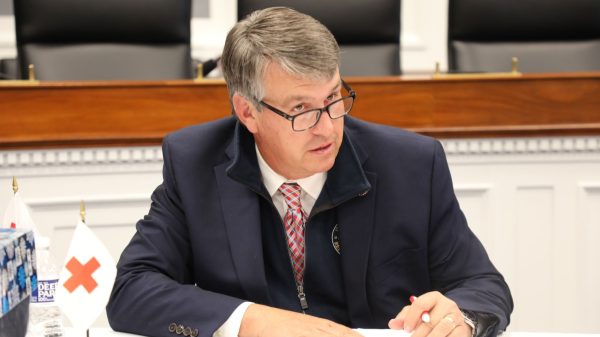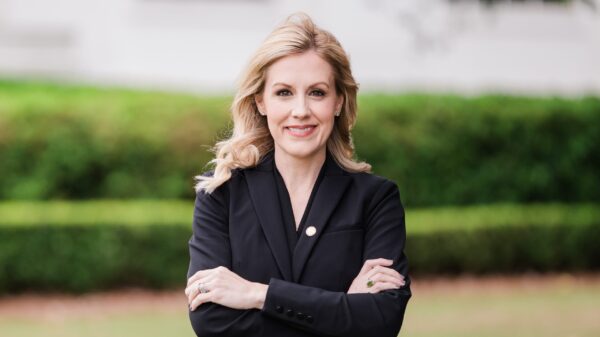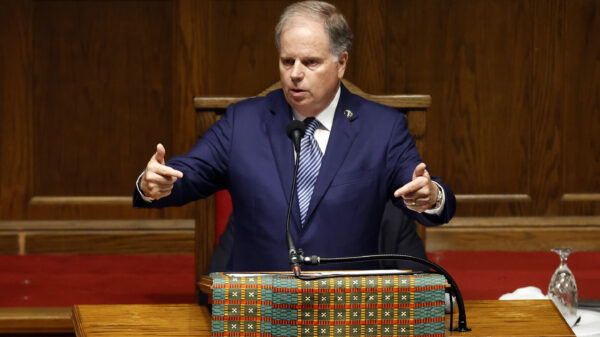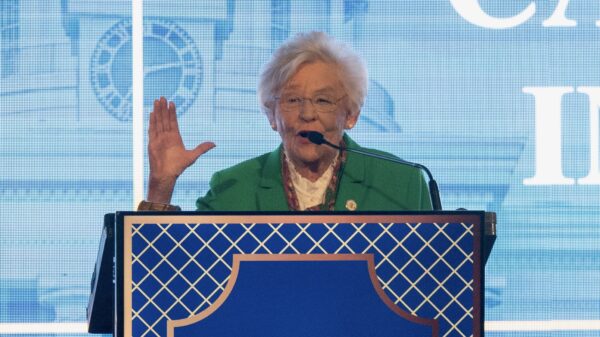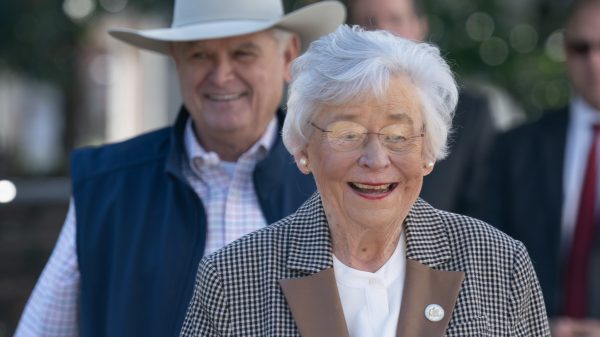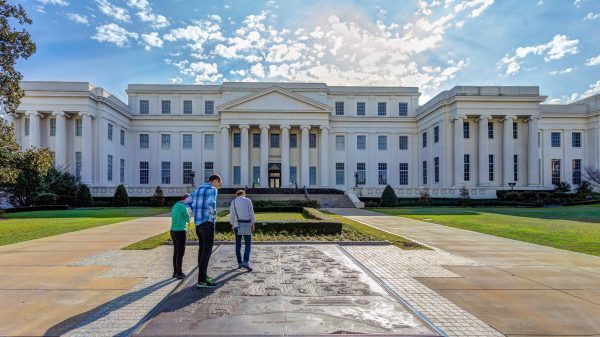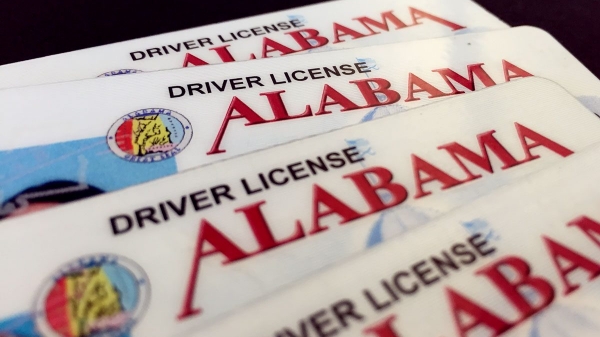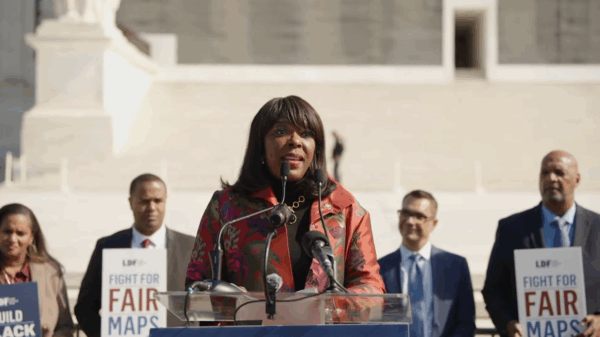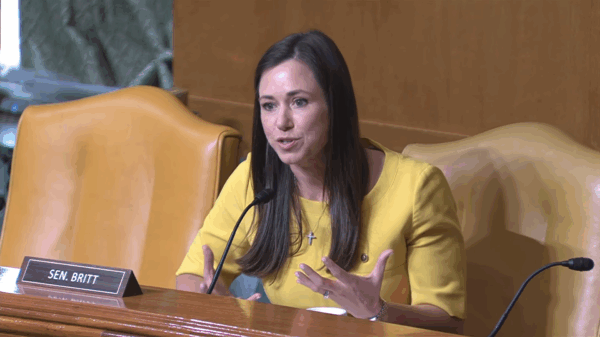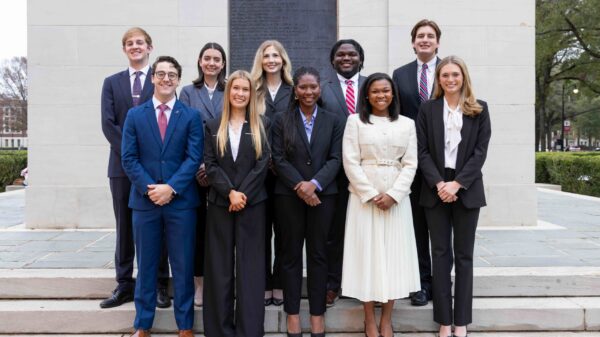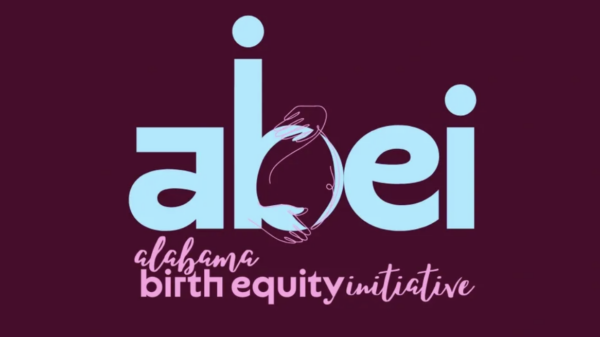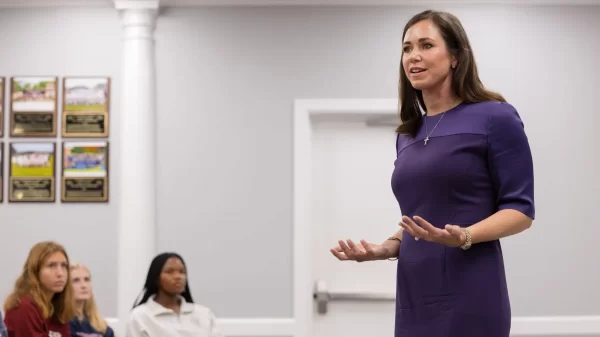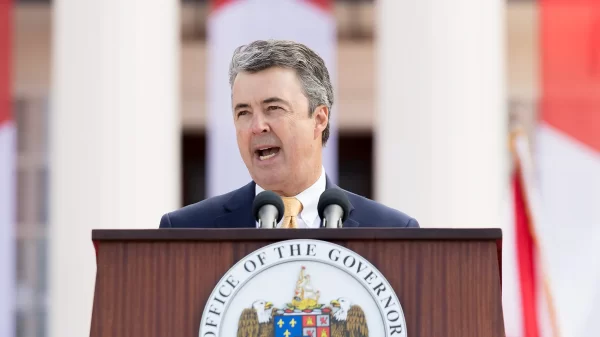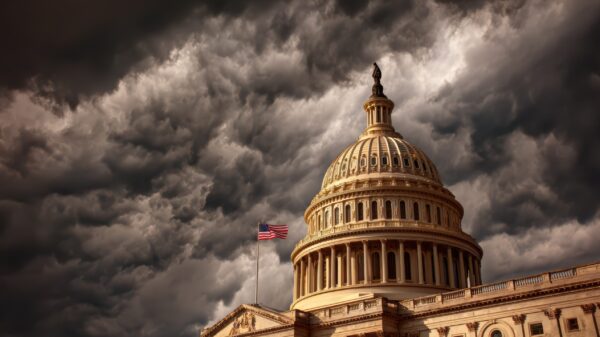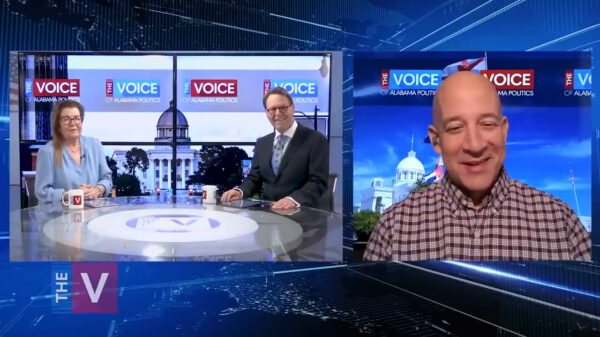Alabama Gov. Kay Ivey and the Alabama Board of Education have said Alabama’s children will not be returning to their classrooms on April 6, but they will be returning to their studies.
“Beginning at the start of school on April 6, 2020, all public K-12 schools shall implement a plan to complete the 2019-2020 school year using alternate methods of instruction as established by the State Superintendent of Education,” Ivey announced.
The education community is trying to figure out exactly what this means.
“Learning must continue,” former State Representative Perry O. Hooper Jr. said. “We have an obligation to our students to provide them with the means to continue their education during this pandemic.”
“Beginning April 7th School Districts, under guidance from the State Department, must develop study plans for students and have the means to assess what learning occurred,” Hooper added. “Districts must offer online or paper-based instruction based on available resources.”
There was an assumption by many that this would mean a shift to E-learning. The Alabama Political Reporter, however, has been told that there are problems with implementing that strategy.
Veteran Jefferson County educator Lara McClendon told APR, “My kids don’t have devices.”
Without their own computers or smartphones, kids can’t access E-learning even if the school were to suddenly start live-streaming classes to them in their homes.
Brian Rhodes is president and owner of BBB Educational Enterprises Inc., a Birmingham based education company.
Rhodes said that if 650,000 Alabama school children all go online at the same time with live streams from their schools there isn’t enough bandwidth to handle it, especially with their parents all working from home clogging the internet infrastructure.
“The pipeline can’t handle it,” Rhodes warned.
APR asked what about kids without internet access or the child whose internet is accessed in his or her mom’s car from the parking lot of a McDonalds or library.
Rhodes predicted that they would struggle to keep up.
The crisis has exposed the state’s lack of broadband.
“Shortly after the COVID-19 outbreak, Alabama cable providers rolled out no-cost and low-cost options for high-speed internet access to the state’s students and low-income populations hit hardest by closures and other impacts of the virus,” ACBA Executive Director Michelle Roth said. “These efforts include offering free broadband and Wi-Fi access for up to 60 days to households with K-12 and/or college students, extending low-cost broadband programs, opening Wi-Fi hotspots for public use, eliminating disconnections of internet service for customers having difficulty paying, and increasing internet speeds universally.”
APR asked Rhodes if you ‘Can you hold back a child who was passing all of his classes when school ended because he does not have internet access.
“I don’t think you can,” Rhodes said. “Not if he was doing well before.”
Rhodes did believe that the schools could continue to give grades during these eight weeks of at-home instruction.
Another option that was discussed was sending home a stack of worksheets for the children to work on at home with some printed out lecture materials.
Rhodes said that is what he thought many systems would do, but predicted that worksheets alone without that interaction with a teacher would be insufficient for kids reading skills to improve during this period of social distancing.
McClendon said that school systems often ration the copies that a teacher can make and charges teachers who print off more than the rationed amount.
APR asked if the teachers have pupil supply money left to pay for materials during this crisis.
Some do, most have already spent it on materials for their classroom,” McClendon said.
Rhodes proposed actually sending books to the kids.
“The key thing is getting something in the kids’ hands,” Rhodes said. “We have got to get books out to kids.”
APR asked how much this would cost.
“Three or four $7 or $8 books and would only cost about $40,” Rhodes said. “I am not talking about a lot of money, with a bag to put them in maybe $50 to 55 a kid.”
APR asked, If you send books home, is there a danger you won’t get them back?
Rhodes said that was no problem. Let them keep them as the start of their own home library.
Rhodes’ plan would be to do this for every kindergarten through second graders and K-3 if there was enough money and that each school system should pick the books that best match the skill levels of their students as well as their own cultural issues. The teachers would then give assignments from the books as well as lead online small group discussions on the materials. Rhodes suggested that the legislature pay for it with a supplemental appropriation.
APR asked McClendon if this proposal would help.
“In some systems, it probably would,” McClendon said.
“It’s my belief that teachers need to be in contact with families on a regular basis,” Hooper said. “Teachers must help students set goals. Furthermore, School Districts should reach out to all available resources both public and private.”
Rhodes said that it was important to get buy-in from parents. Give them instructions and goals, but don’t make it too complicated.
McClendon said that her students understand the technology.
“We do google classroom all the time,” McClendon said. “It’s the parents who don’t understand the technology.”
APR asked: what about the kid in the third grade who reads at a first-grade level?
“Any of our kids who are struggling readers will” fall further behind no matter what we do Rhodes said. “They need one on one with a teacher. You are never going to be able to get that with this. The variations are too great. “The technology is not sufficient.”
McClendon predicted, “Everybody is going to be behind.”
APR asked if the school systems would encourage teachers to work from home as much as possible or would they require the teachers to report to their school building despite the virus risk.
“I don’t know what they are going to do,” McClendon said.
APR asked McClendon if the teachers would benefit from a special influx of pupil supply money to pay for the costs of materials for home learning.
“Yes they would,” she answered.
“Congress must step up to the plate and offer financial assistance to k- 12 education much like the congress is doing for large and small businesses in this time of crisis,” Hooper said.
APR reached out to U.S. Senator Doug Jones (R-Alabama) to see if federal resources were available to address the unexpected costs of suddenly transforming the way the state educates it’s children by this time next week.
A spokesperson for Sen. Jones said the Congress has provided for relief for school systems in the stimulus, “The Phase III deal provides money for an Elementary and Secondary Education School Emergency Relief Fund. According to CRS, Alabama should be getting roughly $216.9 million. That will go to the state then be distributed to school districts.”
The coronavirus stimulus passed the Senate on Wednesday, was passed by the Senate on Friday and then signed by President Donald J. Trump.
“We also must learn from this experience,” Hooper said. “Every state and every school district should have contingency plans developed for every possible disruption to classroom learning. We did not see this coming. Its shame on us if we are not prepared for the next national emergency. Vice President Pence has called the teachers who continue to interact with students remotely American heroes.”
The Alabama public schools sere 744,845 students in 1,530 public schools.

